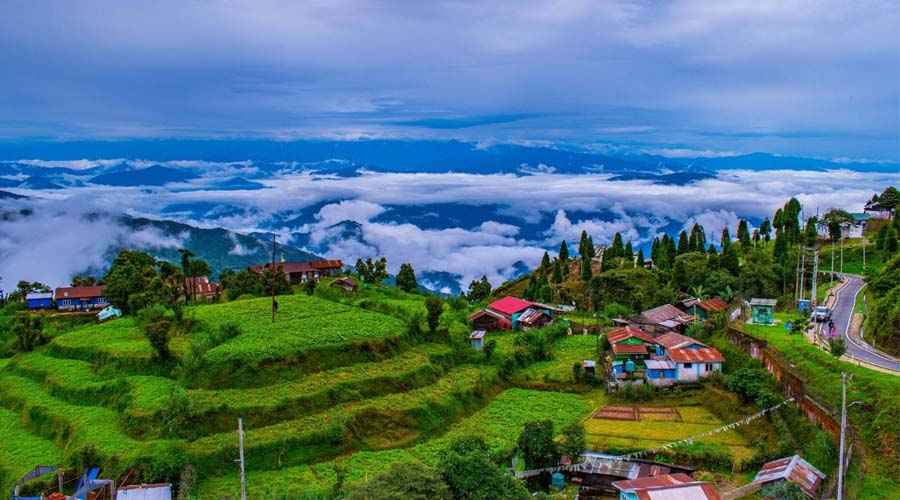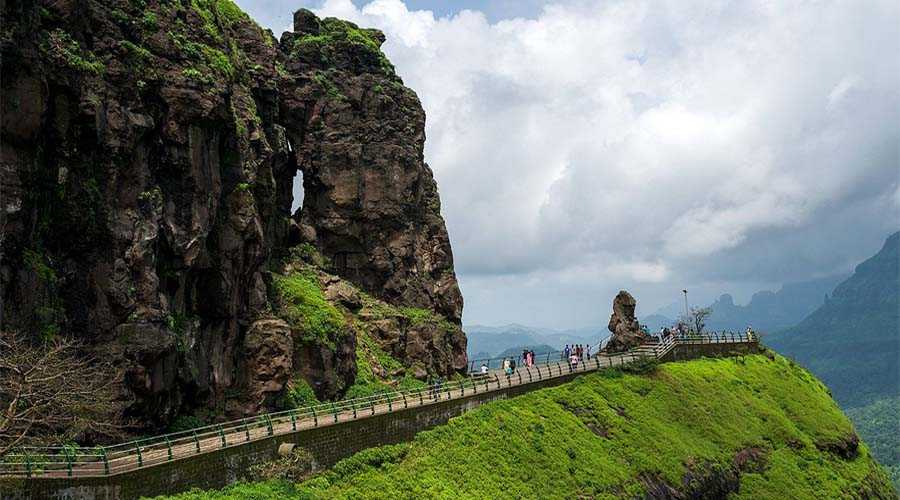India is home to a collection of enchanting hill stations, but only a few have earned the coveted title of the “Queen of Hills.” The phrase refers to hill stations that combine natural beauty, colonial heritage, and a romantic charm that has fascinated travelers for centuries. While Mussoorie in Uttarakhand is most famously called the “Queen of Hills,” other hill towns like Shimla in Himachal Pradesh and Darjeeling in West Bengal also share this glory in the eyes of travelers. Each of these hill stations has a distinct personality, yet all embody the essence of why India’s mountains are treasured across the world.
This article takes you through the allure of these queens of the hills, their history, attractions, and why they continue to captivate tourists in the present day.
1. Mussoorie – The Original Queen of Hills
Perched at an altitude of about 6,600 feet and overlooking the Doon Valley and Shivalik ranges, Mussoorie is the hill station most famously known as the Queen of Hills. Established in 1823 by Captain Young, a British adventurer, Mussoorie quickly became a favorite escape for the colonial elite seeking respite from the scorching summer in the plains.
Mussoorie boasts a series of enchanting attractions:
- The Mall Road – The cultural hub lined with cafes, local shops, and colonial-era architecture.
- Gun Hill – The second-highest peak in Mussoorie offering panoramic views of the snow-clad Himalayas.
- Kempty Falls – A popular picnic site known for its gushing waterfalls and misty surroundings.
- Lal Tibba – The highest point in Mussoorie, offering an unobstructed view of the Himalayan peaks, including Nanda Devi on clear days.
Its cool climate, lush greenery, and pleasant walks along camel’s back road make Mussoorie a blend of laid-back leisure and natural wonder. Even today, it remains a beloved destination for honeymooners, families, and adventure seekers trekking towards higher Himalayan terrain.
2. Shimla – The Summer Capital of the British Raj
While Mussoorie enjoys the first title of “Queen of Hills,” Shimla in Himachal Pradesh often rivals it because of its colonial grandeur and historic significance. Set at 7,200 feet, Shimla earned international prominence when the British declared it their summer capital in 1864.
Shimla is marked by charming Victorian architecture, cool pine forests, and grand meadows. Major highlights include:
- The Ridge – An open space in the heart of Shimla known for fairs, gatherings, and spectacular mountain vistas.
- Mall Road – Like Mussoorie, Shimla’s Mall Road is the center of shopping, eateries, and entertainment.
- Christ Church – One of the oldest churches in North India, glowing with neo-gothic architecture.
- Jakhoo Temple – A hilltop temple dedicated to Lord Hanuman, also the highest point in the town.
Shimla’s toy train, recognized as a UNESCO World Heritage Site, makes the journey itself magical. In winter, when the town is blanketed with snow, Shimla transforms into a winter wonderland, making it one of India’s most romantic and photogenic hill stations.
3. Darjeeling – The Queen of the Eastern Himalayas
In the eastern part of India, Darjeeling in West Bengal commands its own title of the Queen of the Hills. Known for its world-famous tea gardens, colonial heritage, and spectacular backdrop of Mount Kanchenjunga, Darjeeling combines culture and nature seamlessly.
Some of its prime attractions include:
- Tiger Hill – A sunrise viewpoint where tourists gather to witness the first rays of the sun coloring Kanchenjunga in golden hues.
- Darjeeling Himalayan Railway – Often referred to as the Toy Train, this UNESCO World Heritage Site charms with its slow, winding route through the mountains.
- Peace Pagoda – A striking landmark representing unity and spirituality among the Himalayan ranges.
- Tea Plantations – Visiting a Darjeeling tea estate is an experience in itself, as travelers get to sip the world’s finest brews directly at the source.
The cultural vibrance of Darjeeling, with influences of Tibetan, Nepali, and Bengali traditions, makes it unique compared to its northern counterparts.
Why the Title “Queen of Hills” Is Shared
The term “Queen of Hills” signifies more than just altitude, climate, or scenic beauty. It reflects the majestic quality of a place that brings together culture, colonial history, mesmerizing views, and a sense of timelessness. Mussoorie traditionally carries the crown, but Shimla and Darjeeling often share this aristocratic title due to their popularity and iconic status.
For travelers deciding which “Queen” to visit, the experience may depend on interest:
- Mussoorie is perfect for quick getaways and romantic walks.
- Shimla offers a deep dive into colonial heritage and architectural marvels.
- Darjeeling captivates with Himalayan grandeur and cultural fusion.
The Modern Tourism Appeal
In contemporary India, these hill stations remain pillars of domestic and international tourism. They offer more than sightseeing:
- Adventure – Trekking, paragliding, river rafting, and skiing opportunities make them havens for thrill-seekers.
- Culture – From Darjeeling’s cultural festivals to Shimla’s theatre and Mussoorie’s literary heritage, each queen nurtures an intellectual and artistic environment.
- Wellness – The peaceful surroundings and rejuvenating climate turn these places into hubs for yoga retreats, meditation centers, and wellness resorts.
The growth of boutique hotels, modern cafes, and eco-tourism initiatives ensures that while preserving charm, these destinations cater to the comforts of modern travelers.
Preserving the Queens of Hills
Rapid urbanization, increased tourism, and ecological strain pose challenges to these beloved destinations. Traffic congestion, water scarcity, and waste management issues can dampen their allure. Yet, government efforts and community projects are working toward sustainable tourism. Steps like ropeway services, heritage walks, eco-friendly homestays, and plantation drives are helping preserve their essence for future generations.
Conclusion
The “Queen of Hills” in India is more than just a travel tagline; it is a representation of India’s timeless romance with the mountains. Mussoorie wears the crown as the original queen, Shimla redefines regality with colonial heritage, and Darjeeling reigns in the East with majestic Kanchenjunga views. Each queen offers a distinct charm—be it nostalgia, adventure, romance, or cultural vibrance.
For travelers, standing on a sunset viewpoint in Mussoorie, walking on Shimla’s Ridge, or witnessing the sunrise over Darjeeling’s Tiger Hill is a reminder of why the hills are crowned with royalty. These queens may be many, but each reigns supreme in the hearts of those who walk their misty paths.


